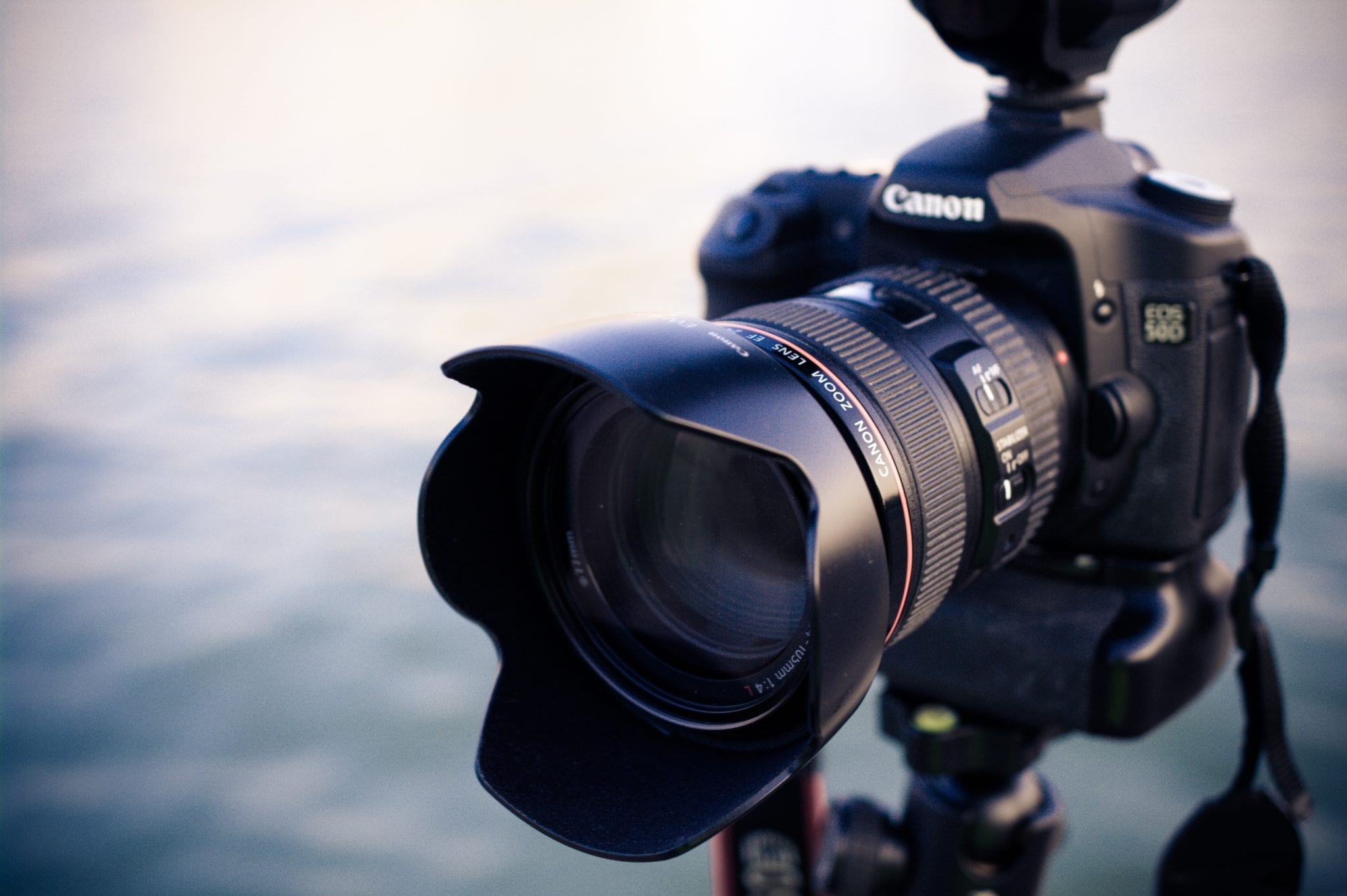On Episode 72 of The Edge of Innovation, we’re talking with entrepreneur Simon Wainwright, president of Freebird Semiconductor, about Gallium Nitride technology and the future of the space industry.

Hacking the Future of Business!

On Episode 72 of The Edge of Innovation, we’re talking with entrepreneur Simon Wainwright, president of Freebird Semiconductor, about Gallium Nitride technology and the future of the space industry.

On Episode 71 of The Edge of Innovation, we’re talking with entrepreneur Simon Wainwright, president of Freebird Semiconductor, about how he started a company to manufacture semiconductors using GaN technology!

On episode 68 of The Edge of Innovation, we’re talking with freelance photographer Al Pereira, about being an entrepreneur and running Advanced Photo, a photography store in North Reading, Massachusetts.

On Episode 63 of The Edge of Innovation, we’re talking with entrepreneur Greg Arnette, about some of the latest tech trends and gadgets that are on our radar.